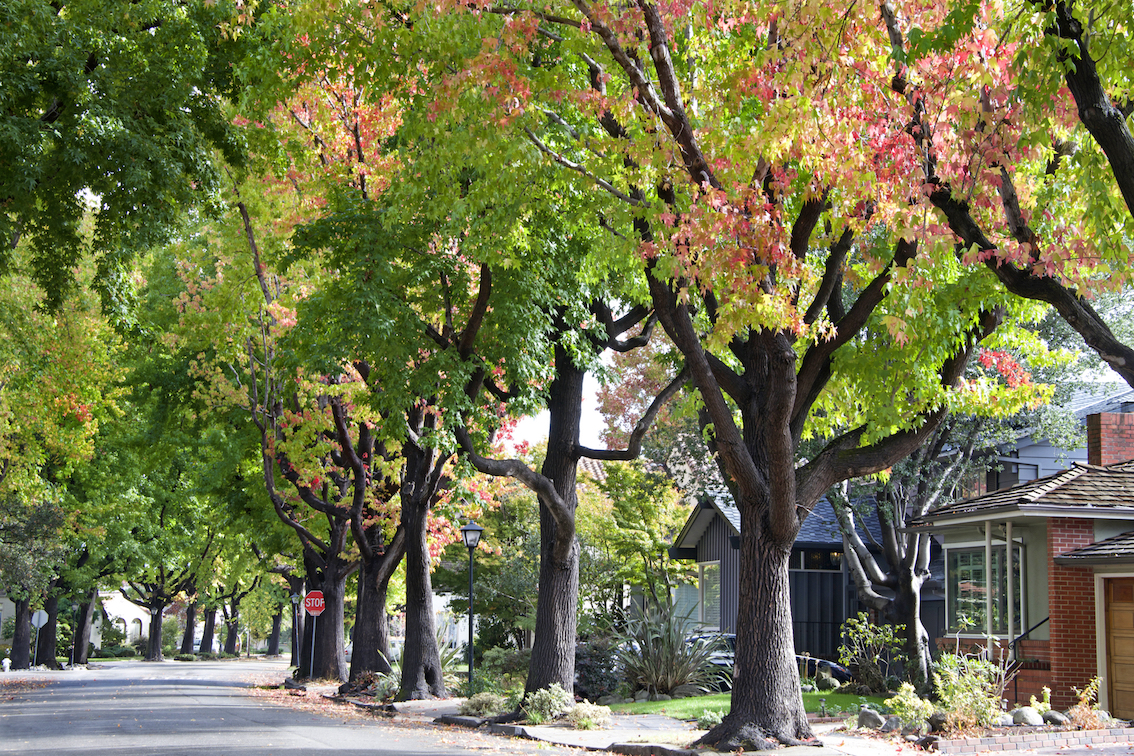
Growing up in a greener neighborhood helps brain development
Researchers at the University of California Los Angeles have found that children who are raised in neighborhoods with more greenery have improved cognitive function. The experts found significant anatomical changes that suggest brain development is improved by exposure to nature.
The investigation was focused on 253 school children in Barcelona. The team used satellite data to measure the children’s residential exposure to greenspace from the time of birth up until the time of the research.
The experts used high resolution 3D magnetic resonance images to study the brain anatomy of participants, and computerized tests were given to evaluate working memory and attentiveness.
“This is the first study that evaluates the association between long-term exposure to greenspace and brain structure,” said lead author Dr. Payam Dadvand. “Our findings suggest that exposure to greenspace early in life could result in beneficial structural changes in the brain.”
The study revealed that long-term exposure to a greener neighborhood was associated with higher white and gray matter volume in regions of the brain that overlap areas involved with better cognitive function.
Higher white and gray matter volume was also linked to better working memory and attentiveness among the students. A previous study had demonstrated that children who attended schools with more green space had improved working memory and attentiveness as well.
The Biophilia hypothesis suggests that there is an evolutionary bond between humans and nature. Because of this, greenspaces are recommended for psychological restoration in children.
Nature also provides children with opportunities for exercises which are thought to positively influence brain development such as discovery, creativity, and risk taking.
“The study adds to growing evidence suggesting that early life exposure to green space and other environmental factors can exert measurable and lasting effects on our health through the life course,” said co-author Michael Jerrett.“These results also might provide clues on how such structural changes could underlie the observed beneficial effects of greenspace exposure on cognitive and behavioral development,” said co-author Dr. Jesus Pujol.
The study is published in Environmental Health Perspectives.
—
By Chrissy Sexton, Earth.com Staff Writer













